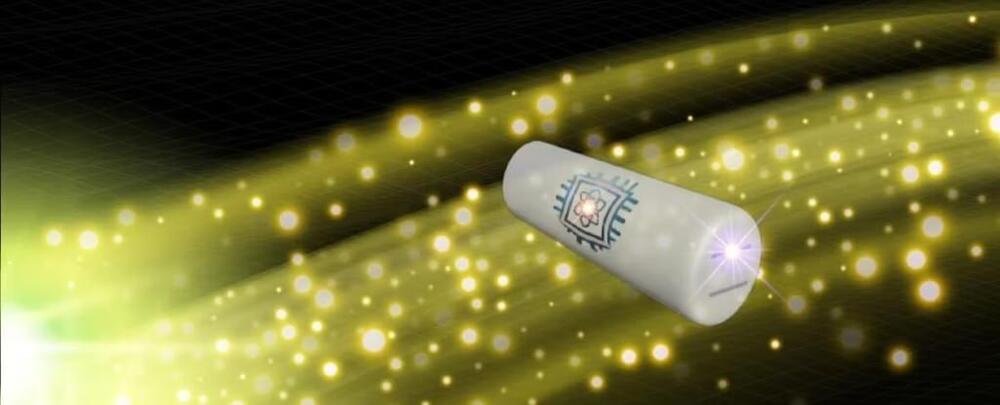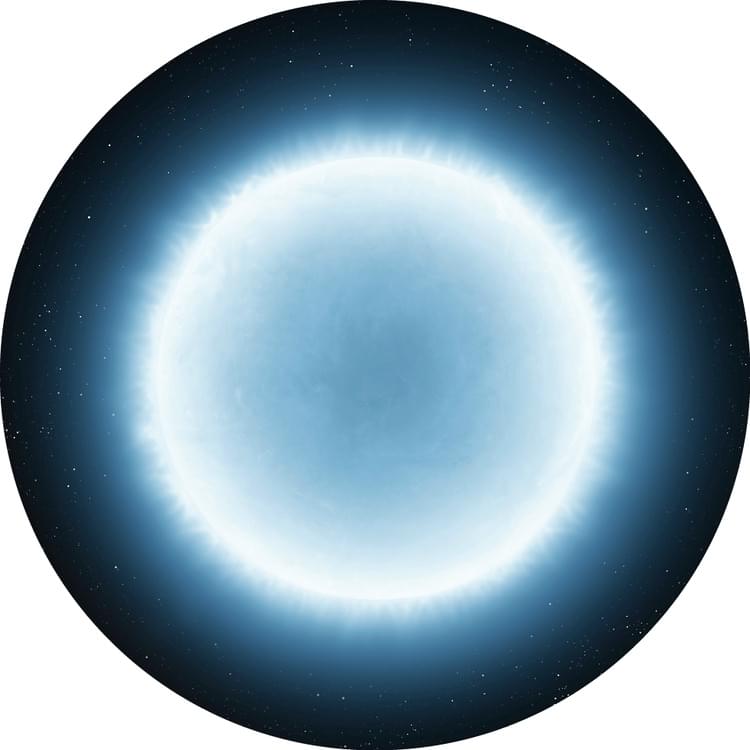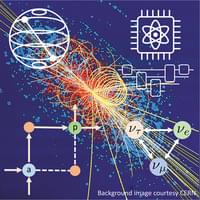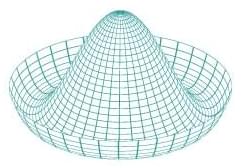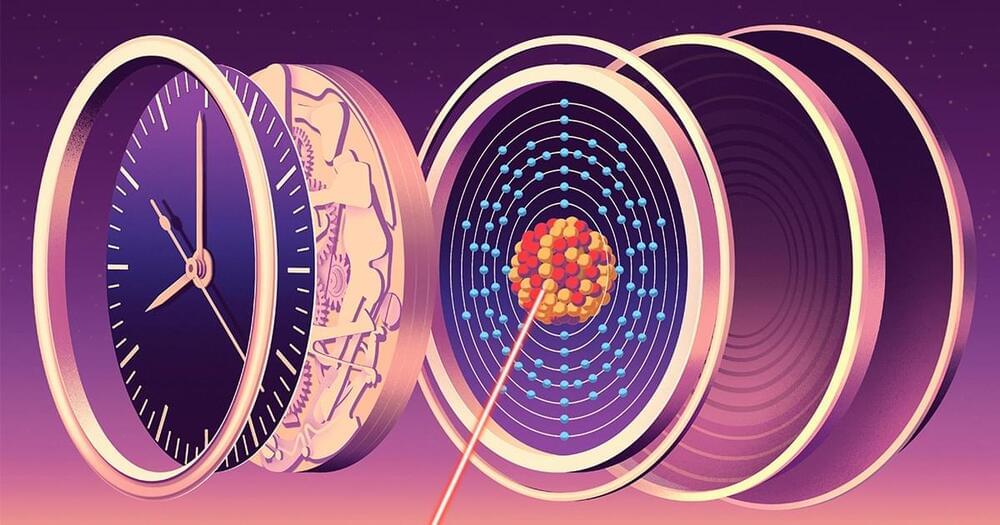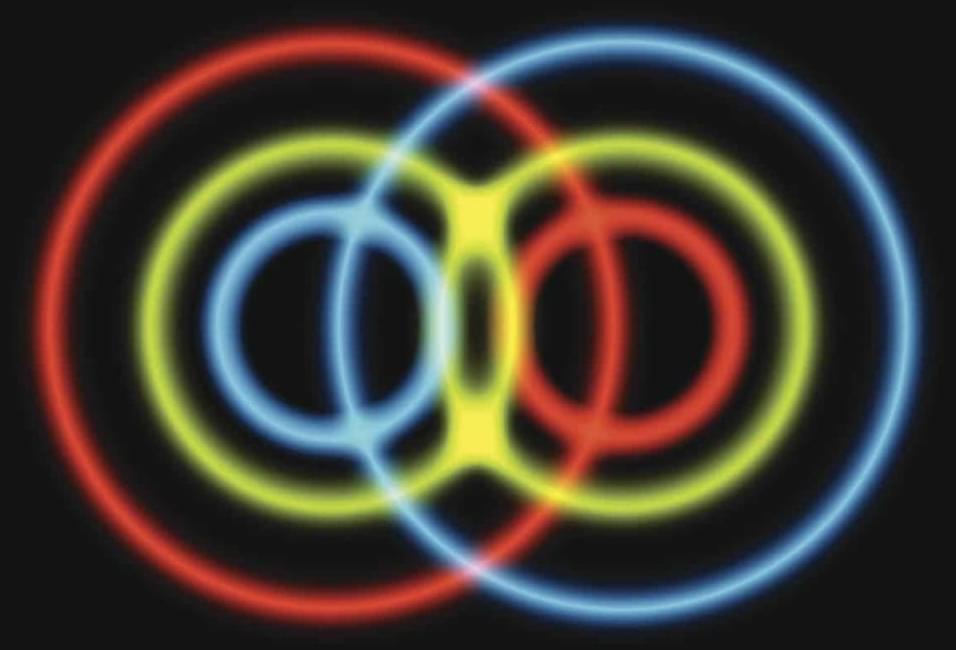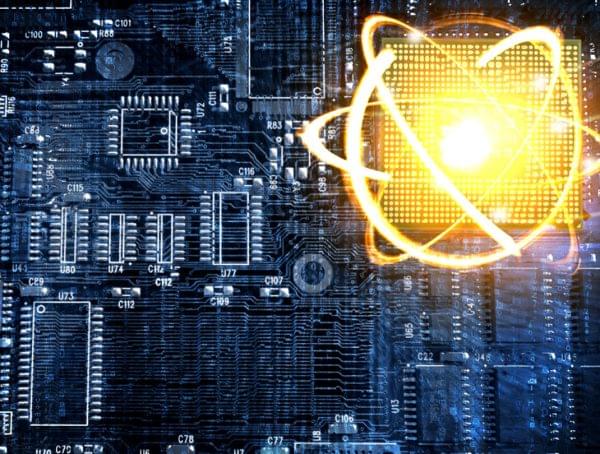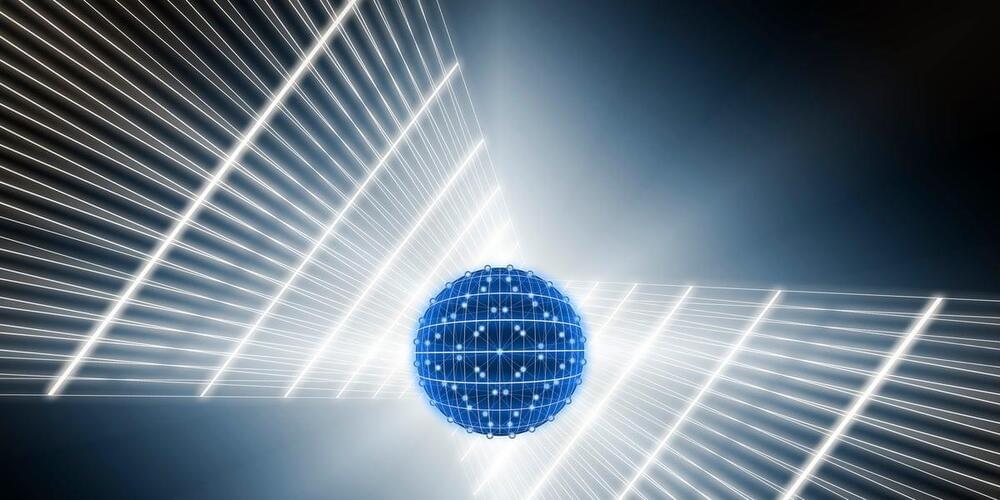Discovering Earth’s third global energy Field. 🌀
A NASA-led rocket team has finally discovered the long-sought electric field driving particles from Earth’s atmosphere into space ‼️
First hypothesized over 60 years ago, it is “an agent of chaos” whose impacts are still not fully known: go.nasa.gov/3XcDDLD
An international team of scientists has successfully measured a planet-wide electric field thought to be as fundamental to Earth as its gravity and magnetic fields. Known as the ambipolar electric field, scientists first hypothesized over 60 years ago that it drove atmospheric escape above Earth’s North and South Poles. Measurements from a suborbital rocket have confirmed the existence of the ambipolar field and quantified its strength, revealing its role in driving atmospheric escape and shaping our ionosphere — a layer of the upper atmosphere — more broadly. The paper was published today in the journal Nature.
